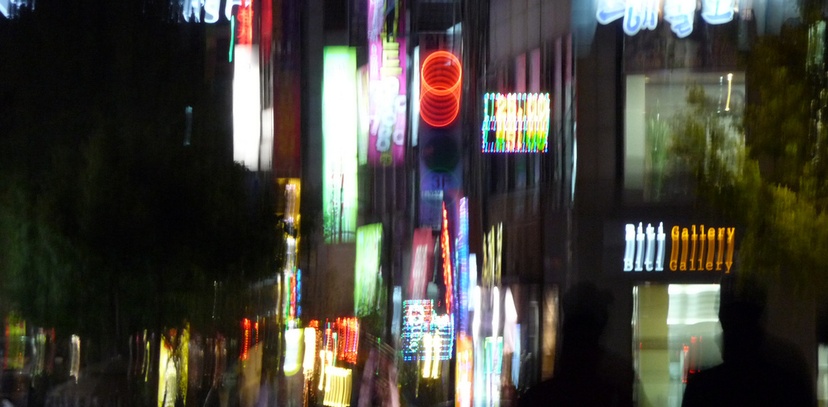
The social life of cities and what makes a city a dynamic, creative and livable place was a recurring theme in workshops, presentations and informal coffee break chats at SIX in the City, the 2010 SIX Summer School held in Singapore last month.
For the Future Communities team the most interesting ideas explored the informal networks, relationship and systems that connect people and make places work – captured brilliantly in Anab Jain’s work on street level networks in Mumbai; investigated in a lively workshop about designing resource-friendly, alternative systems for city living, covering everything from local food production bringing under-used resources like balconies, streets and parks into productive use, to new forms of energy and waste disposal.
There was a strong undercurrent in all these discussions about the need for local and collective responses to the problems of 21st century cities; itself a response to the feeling that governments can’t tackle alone all the challenges of ageing, housing, global economic crisis, population growth, immigration, climate change, sustainable transport and reducing poverty.
The mood seemed to be towards seeing cities on a human scale. As networks of people, not just architecture and infrastructure; and finding ways to give people the freedom to experiment with their own ideas and create solutions that address multiple problems; like ideas for creating local food networks to address the need for healthy food in deprived areas, low impact transport, and community networks to support isolated elderly people.
Cities need new, innovative approaches. Perhaps a return to Henri Lefebvre’s “Right to the City”, encouraging a reshaping of power in urban spaces in favour of the rights of residents to decide how spaces are used and meaning created, away from the formality of government and business dictating how cities function? “Forget architecture: the city is a collective cultural space. We need to reclaim individual expression and collective imagination” say Urbz, working in Mumbai to turn the voices of residents into essential intelligence for urban planners, policymakers and developers.
There are many practical lessons for Future Communities that resonate with our new work on understanding how to build new communities that are socially sustainable in the long-term; not least direct experience from people who are involved in, or affected by, the rapid creation of new communities and cities in China, Korea and India, whose ideas and suggestions were invaluable.
We are working now to build on these lessons with our local partners. A paper setting out our framework for social sustainability will be published soon.
Post by Saffron Woodcraft, Young Foundation